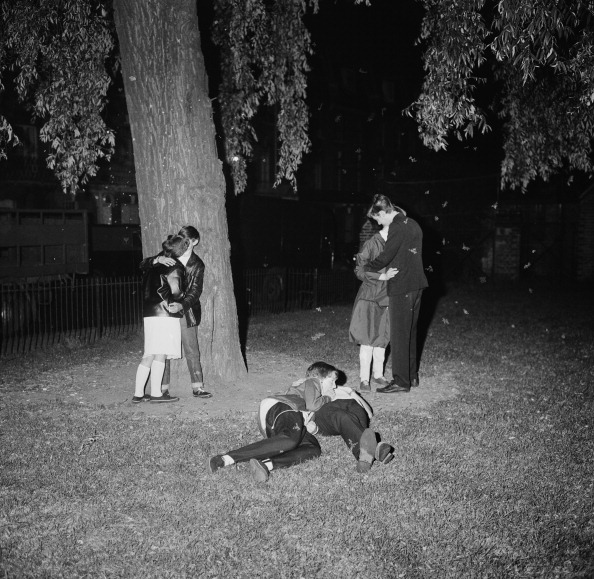
A report by the U.S. Centers for Disease Control and Prevention has given poor grades to most sex education in American public schools. Fewer than one-fifth of middle schools and only half of high schools are teaching all of the sex education topics that are recommended in those grades by the CDC.
The findings sheds light on what gets taught about sex in schools, which is often decided school district by school district and which varies greatly nationwide.
Every other year, the CDC issues a school health report in which it asks all states to survey school health educators on what they teach students about sex. Only 44 states had enough respondents to be included in the data, but the report also looks at certain large urban school districts and schools in U.S. territories. The survey listed 16 recommended topics as critical to sexual health, falling under four broad overviews: HIV prevention, sexually transmitted disease prevention, pregnancy prevention, and information on sexuality.
The CDC report found that, for every age group, the least likely topics to be taught were how to obtain and use condoms.
Kentucky was the lowest state for teaching middle schoolers the full range of recommended materials, at just under 4%. North Carolina was highest, with over 45%.
For high schoolers, in New Jersey 9 out of 10 high school students receive the full list of recommended topics, while fewer than 1 in 5 students in Arizona do.
Young people are a high-risk population when it comes to sexual health, according to Stephanie Zaza, the director of the CDC's Division of Adolescent and School Health. Nearly half of high school students say they have had sex, and half of all new sexually transmitted infections occur in people ages 24 and younger, she told NPR. "We can actually help prepare students and help them avoid these risks if we can do a good job educating them before they become sexually active."
The CDC 2014 School Health Profiles report can be accessed here.
